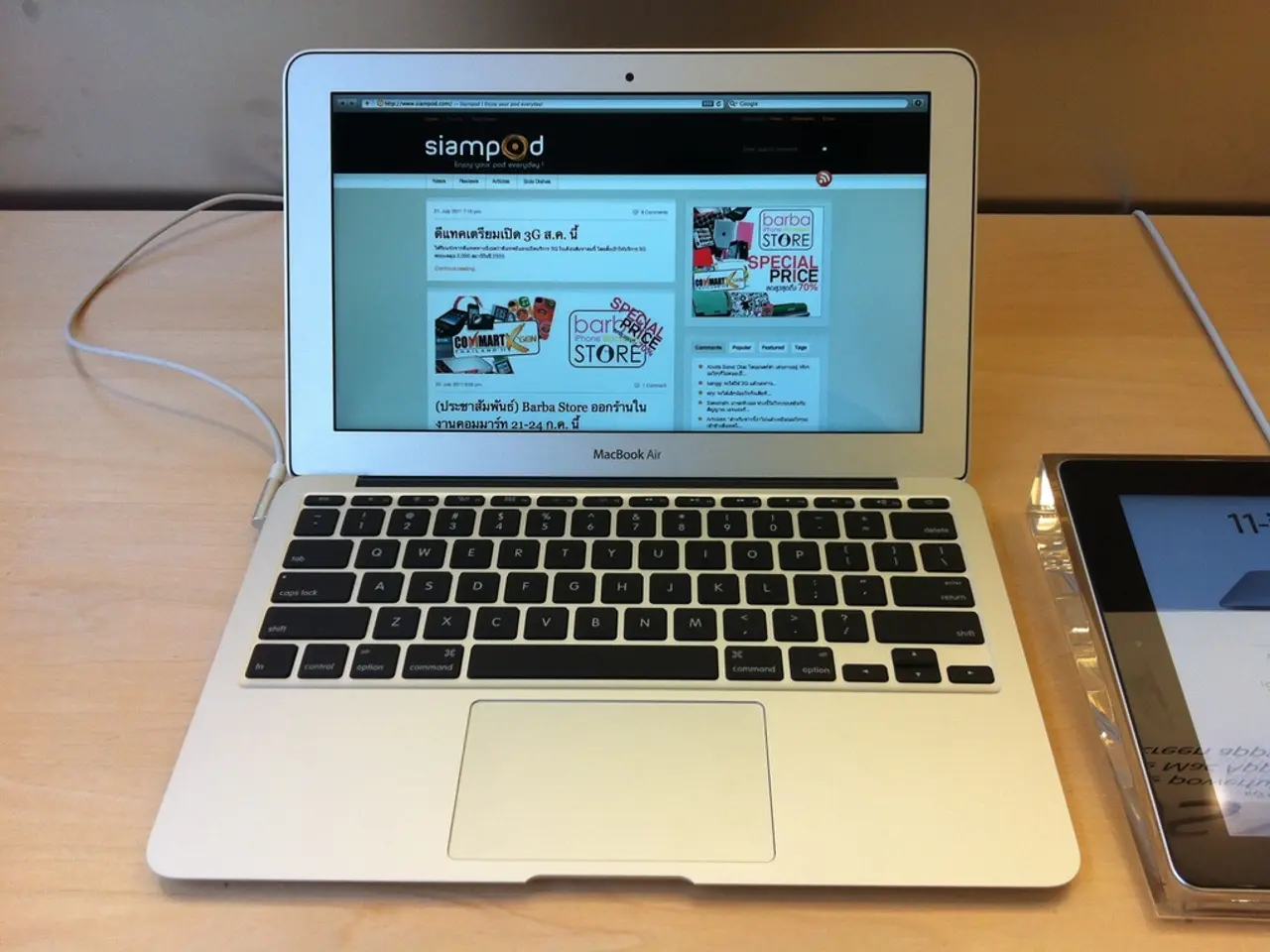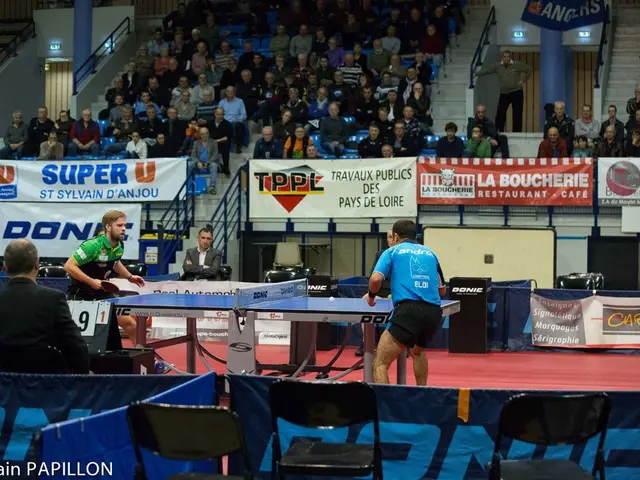Apple's Vision Pro encounters a challenger in Play For Dream's Android-based spatial computing device
Play For Dream, a leading Chinese extended reality (XR) device manufacturer, has made a significant stride in the tech industry with the launch of the world's first Android-based spatial computer, the Play For Dream MR (PFD MR). The company has chosen Singapore as the location for its Asia Pacific headquarters, with plans to expand its presence in the region.
The PFD MR is equipped with cutting-edge technology, including dual 32-megapixel ultra-high definition 3D cameras. Artificial Intelligence (AI) has empowered various spatial computing modules such as simultaneous localization and mapping (SLAM), gestures, and eye tracking.
The device also includes a new "map module" that records the surrounding environment using point clouds, meshes, and semantic tags. This feature allows for a more immersive and interactive experience in the virtual world.
The PFD MR supports spatial video and VR180 formats with an ultra-wide recording field of view greater than 80 degrees. It offers interactive gaming solutions, supporting precise hand-eye control and 6 DoF vibration controller for heavy feedback and high-precision scenarios.
In terms of audio, the PFD MR achieves IMAX-level cinema effects through its micro-OLED screen and DTS simulated 7.1 channel spatial sound effects.
Zhang Teng, who leads technology development at Play For Dream, stated that spatial video represents the initial step in digitizing the real world. The company's CMO, Zhu Ran, mentioned that the price range of the devices is relatively well-suited for Singapore's market.
The PFD MR is powered by Qualcomm's second-generation Snapdragon XR2+ chip and features 11 cameras, 7 types of sensors, and 22 infrared lights to blend the virtual with the real world. It also supports AI-powered search, music creation, text translation, voice wake-up, voice control, and personal assistant functions.
As the first strategic partner of IMAX and DTS in the spatial computing and MR fields, Play For Dream is jointly exploring new spatial cinema standards. The company is also expanding its collaborations with content providers, with Zhu Ran linking up with nearly 100 providers and planning to expand these collaborations to overseas markets this year.
The PFD MR aims for top-tier configuration with a dual 8K micro-OLED screen and a self-developed resin pancake optics solution. It has a thickness of only 33 millimeters and uses a 3:2 balanced weight distribution, making it comfortable to wear.
After establishing its Asia Pacific Headquarters in Singapore, Play For Dream is opening further offices in other countries, but the specific additional countries are not mentioned in the available search results. The company plans to establish its presence in Singapore and Malaysia first, followed by Thailand, Indonesia, Vietnam, and Japan.
Numerous content applications based on spatial video have emerged both in China and internationally in recent years. With the release of the PFD MR, Play For Dream is set to revolutionize the XR industry and bring spatial computing to the masses.








